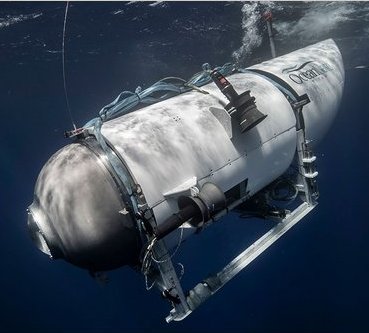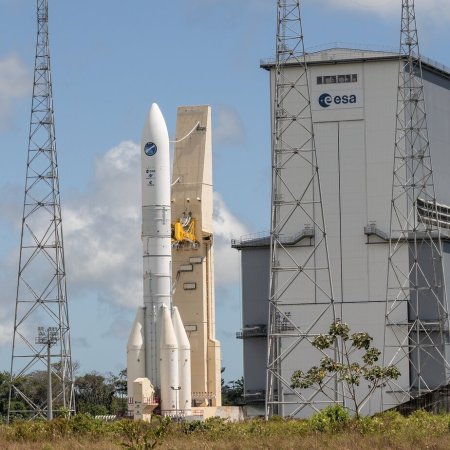June 27, 2023 Quick space links
Courtesy of BtB’s stringer Jay.
- Virgin Galactic announces the passengers on its first commercial suborbital flight scheduled for June 29, 2023
This flight is only about two decades later than promised by the company’s founder Richard Branson, who very successfully pumped and dumped his stock before the price crashed. It certainly doesn’t rate a full post, since suborbital flights so relatively boring compared to the increasing number of orbital passenger flights taking place these days.
- The modifications to Vulcan’s upper stage due to the test explosion in March
They will have to destack the first Vulcan to make the changes, which will delay the first Vulcan launch an undisclosed amount, possibly months.
- Egypt and China partnership delivers first jointly built satellites
The two satellites, built in China, will be assembled, integrated, and tested in Egypt, using facilities built with Chinese funding. More here.
- ESA and European companies endorse “zero debris” policy for satellites and orbital spacecraft
According to this commitment, by 2030 no European satellites or spacecraft will launch without a plan to de-orbit or be removed by an orbital removal company.
- Astronomers think they have discovered the heaviest black hole ever, 30 billion times the mass of the Sun
All together now: “The uncertainty of science!”
- PLD delays its next suborbital launch attempt until the fall to avoid the risk of forest fires at its Spanish launch site
The last launch aborted less than a second before launch because the umblical lines did not detach as planned.
- India names its Chandrayaan-3 lander and rover Vikram and Pragyan, due to launch in mid-July
These are the same names given to the lander and rover on the failed Chandrayaan-2 mission.
Courtesy of BtB’s stringer Jay.
- Virgin Galactic announces the passengers on its first commercial suborbital flight scheduled for June 29, 2023
This flight is only about two decades later than promised by the company’s founder Richard Branson, who very successfully pumped and dumped his stock before the price crashed. It certainly doesn’t rate a full post, since suborbital flights so relatively boring compared to the increasing number of orbital passenger flights taking place these days.
- The modifications to Vulcan’s upper stage due to the test explosion in March
They will have to destack the first Vulcan to make the changes, which will delay the first Vulcan launch an undisclosed amount, possibly months.
- Egypt and China partnership delivers first jointly built satellites
The two satellites, built in China, will be assembled, integrated, and tested in Egypt, using facilities built with Chinese funding. More here.
- ESA and European companies endorse “zero debris” policy for satellites and orbital spacecraft
According to this commitment, by 2030 no European satellites or spacecraft will launch without a plan to de-orbit or be removed by an orbital removal company.
- Astronomers think they have discovered the heaviest black hole ever, 30 billion times the mass of the Sun
All together now: “The uncertainty of science!”
- PLD delays its next suborbital launch attempt until the fall to avoid the risk of forest fires at its Spanish launch site
The last launch aborted less than a second before launch because the umblical lines did not detach as planned.
- India names its Chandrayaan-3 lander and rover Vikram and Pragyan, due to launch in mid-July
These are the same names given to the lander and rover on the failed Chandrayaan-2 mission.

















